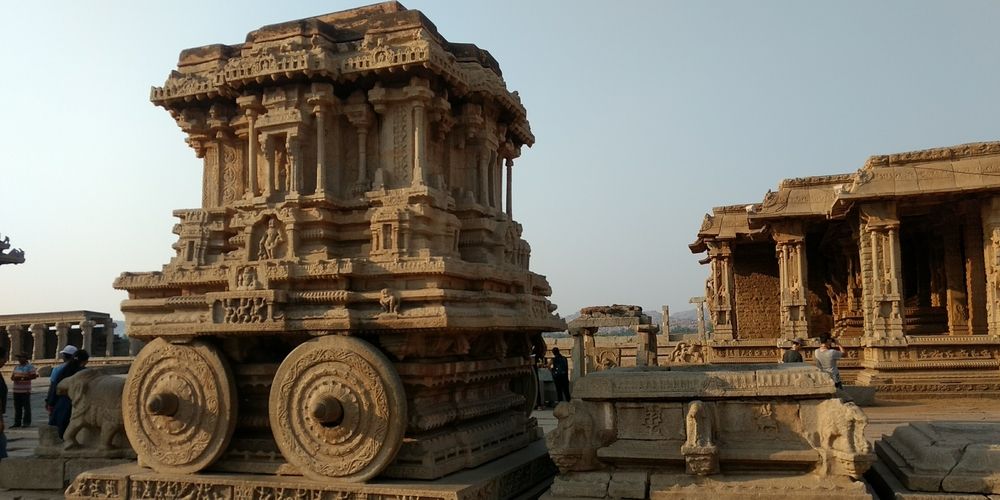Nature's Armor: How Lichen Soil Crusts Protect the Great Wall from Erosion!
The Great Wall of China, an iconic symbol of ancient history, is being safeguarded against erosion and weather damage by an unexpected hero: lichen soil crust. This natural protective layer, composed of lichen, moss, and cyanobacteria, has proven to be crucial in preserving sections of the wall from the harsh elements. Scientists, in a study featured in the journal Science Advances, focused on a 300-mile-long segment of the Great Wall to investigate the impact of soil crusts. They discovered that the rammed earth sections, constructed using a mixture of mud, gravel, and natural materials, provided an ideal environment for the growth of lichen soil crusts. Astonishingly, the study found that these protective crusts covered 67% of the surveyed areas. Compared to exposed rammed earth, the biocrust-covered sections exhibited remarkable improvements. They displayed reduced porosity, erodibility, salinity, and increased compressive strength, penetration resistance, shear strength, and aggregate stability. This natural defense mechanism shields the wall from wind and water erosion, effectively preserving the structure for future generations. Biological soil crusts also play a vital role in arid ecosystems. They are commonly found in desert environments, preventing the blowing away of sandy dirt and maintaining soil fertility. These crusts have been estimated to cover 25% of the world's drylands and halt the loss of approximately 700 million metric tons of dust annually. This fascinating discovery highlights the significance of natural solutions in the preservation of historical monuments. By harnessing the power of lichen soil crusts, the Great Wall of China stands stronger against the forces of erosion and weathering, ensuring its cultural and historical legacy endures for centuries to come.

